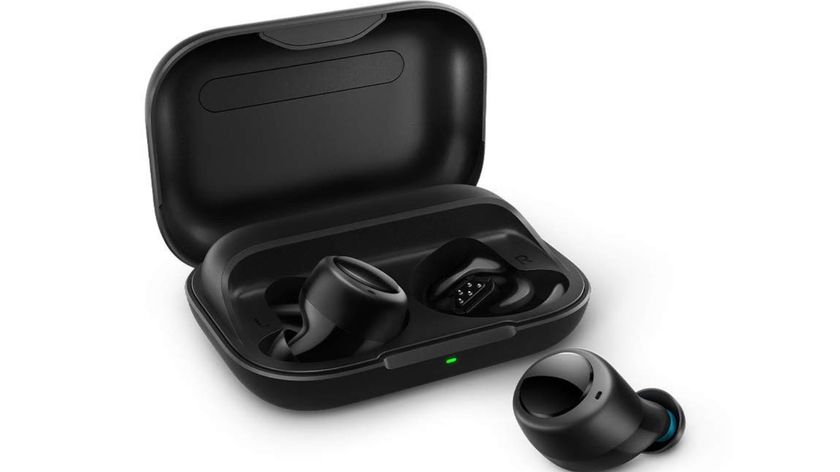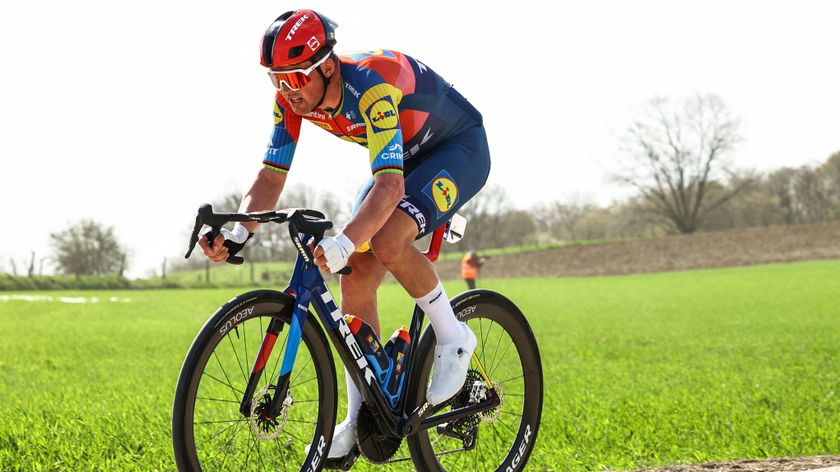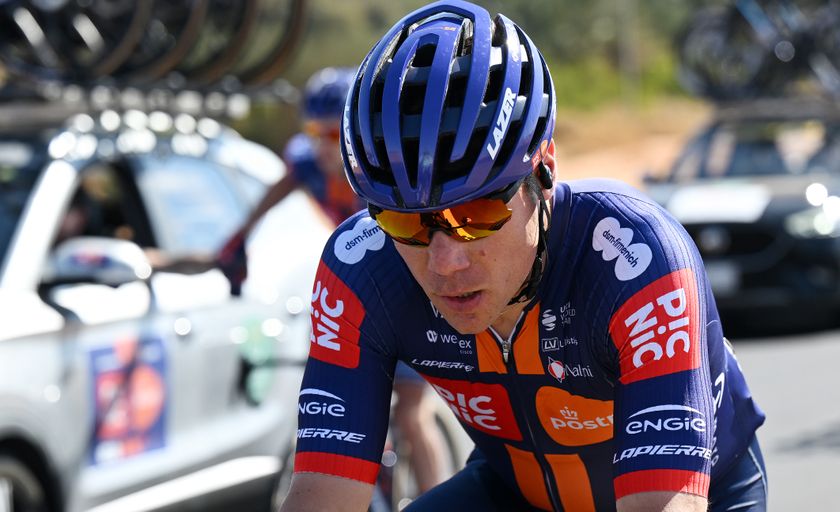UCI to carry out 10,000 bike checks for mechanical doping during the 2016 season
UCI Technical Manager describes electromagnetic wheels as 'mystical'






The UCI has revealed it plans to check at least 10,000 bikes for possible mechanical doping during the 2016 season, combining the use of the magnetic flux density tablet, information gathered during races and even the unannounced use of occasional thermal cameras. However the UCI seems concerned about the rapidly increasing development in hidden bike motor technology that has left them playing catch-up to the potential cheats and highly skilled rogue engineers ready to sell their knowledge to the highest bidder.
The UCI revealed some details of how it uses a tablet device to check for signals of hidden motors to selected media, including Cyclingnews, at the UCI Headquarters in Aigle, Switzerland on Tuesday. UCI Technical Manager Mark Barfield revealed the tablet device is an iPad mini equipped with specially developed software with British company Endoscope-i. The testing procedure was developed with the Typhoon brand of e-bikes created by former Oakley representative Harry Gibbings.
The UCI has worked hard to show it is serious about fighting mechanical doping in recent weeks, especially after the detailed investigation by the French Stade 2 television show and Italian newspaper Corriere della Sera suggested that motors are in use in the professional peloton and that the most advanced form of mechanical doping is now hidden in the rear wheel, with a series of magnets hidden in the rim producing a small but significant power source to boost performance.
Barfield described the wheels as 'mystical' saying: "As far as we're aware they're a theoretical model only. Nobody has presented a working pair to us. They're based on electromagnetism and so we can detect that."
It seems the UCI has also been unable to study the new smaller version of the hidden motors that Stade 2 revealed. The UCI’s demonstration was based around discovering the much larger seat tube motors that are sold in the Typhoon bikes. The UCI did not provide specific data on the accuracy of its tablet device or if special metal shielding of a motor can, claiming the practicality of the device and the difficulties of using ultrasonic, x-ray or thermal imaging outweighed any limitations.
"We believe the tablet can detect every kind of motor," Barfield told Cyclingnews after completing the presentation of the device.
"There are suggestions that there are developmental models for compressed air motors. If these are able to work without any metal objects in them, then there is a slim possibility that we won't be able to detect them. At the moment we can test for all known motors and probably some unknown motors, plus the electromagnetic potential devices."
Get The Leadout Newsletter
The latest race content, interviews, features, reviews and expert buying guides, direct to your inbox!
The UCI has revealed it has tested for mechanical doping at a series of major races, including the recent Tour de Romandie, Paris-Roubaix, the track world championships in London and the cyclo-cross world championships, where Belgian and European under-23 champion Femke Van den Driessche was caught with a rudimentary motor in her bike.
"So far this year we've tested 2,500 bikes already this season and so I imagine that number will be between 10 and 12 thousand by the end of the year," Barfield said.
Brian Cookson revealed that the UCI has spent 'less than a million Euro' on the development of the tablet device and their method of checks for mechanical doping. Along with the new UCI rules on technological fraud, the UCI believes their method would stand up if every challenged in court.

Stephen is one of the most experienced member of the Cyclingnews team, having reported on professional cycling since 1994. He has been Head of News at Cyclingnews since 2022, before which he held the position of European editor since 2012 and previously worked for Reuters, Shift Active Media, and CyclingWeekly, among other publications.









